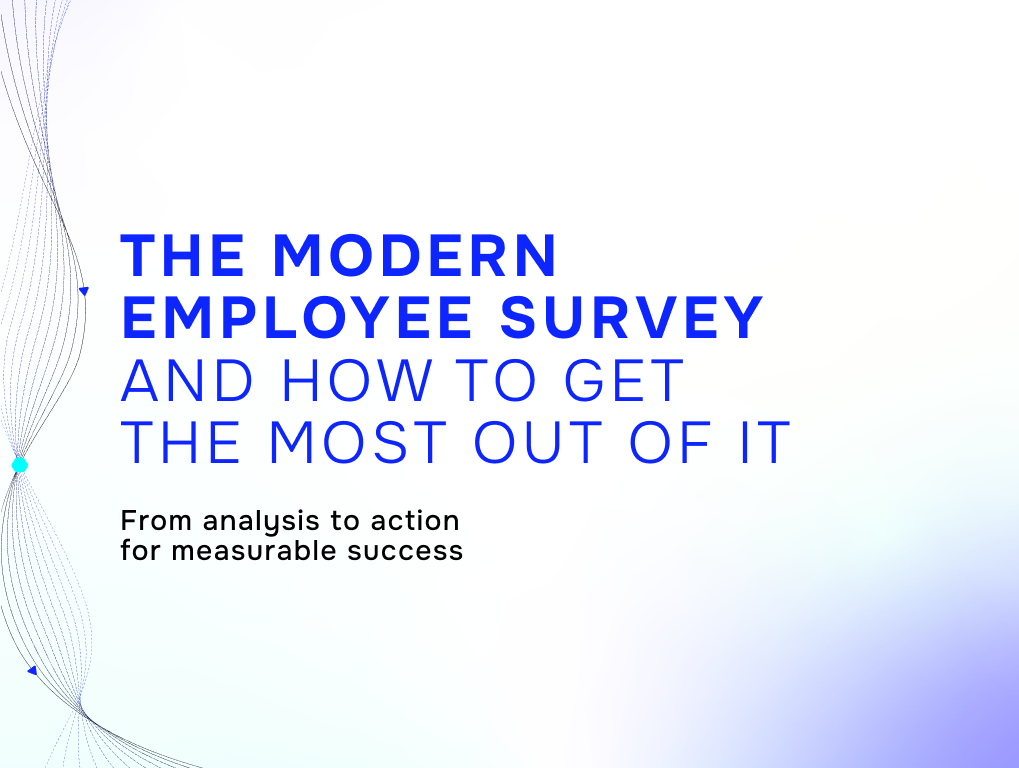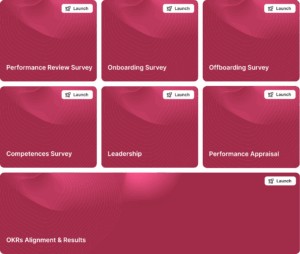Maximizing HR Impact: Key Strategies for Effective C-Suite Collaboration
When most people imagine the job of an HR manager, they think of interactions with employees and efforts “on the ground” to maintain a happy and productive workforce. However, an equally important aspect of HR is communicating and collaborating with the company’s senior leadership.
While this work is often invisible to the wider organization, collaborating with the C-suite can be a significant challenge for HR leaders. According to a recent report from Lattice, only half of HR leaders say that their C-suite recognizes the impact a positive culture has on business outcomes, and only 27% feel their company’s leadership sees the impact their efforts can have on revenue.
This disconnect can lead to underinvestment in crucial people programs, ultimately hindering the company’s growth. But when HR is seen as a true strategic partner, overall business outcomes can improve by 10-13%.
So, how can HR leaders start to bridge the gap? This article will explore essential strategies to help HR teams communicate better, demonstrate their value, and get the buy-in needed to do their best work.
Understanding C-Suite Priorities
To successfully collaborate with the C-suite, HR leaders should first understand what their senior leadership values in HR programs. Are they primarily interested in improving employee satisfaction? Reducing churn? Increasing productivity?
One way to approach this is to informally interview members of the C-suite. Ask them what they care about, why it matters to them, and what impact they want their HR programs to have.
Sometimes, leadership may not have a clear sense of their priorities or express vague desires such as creating a “healthy workplace culture.” In these cases, HR leaders need to dig deeper – what attributes or outcomes do they associate with a healthy culture?
By clarifying what success looks like to the C-suite, HR leaders can create initiatives that better align with their expectations.
Leveraging Data
In addition to listening, HR leaders must help the C-suite understand what’s happening within the organization and guide them on what people programs to prioritize. This is where having the right data can make a significant difference.
HR teams have unique insights into their organization’s needs but often struggle to gain buy-in from senior leadership. In fact, 44% of HR leaders report feeling increased pressure to justify investment in their people programs. Tangible data will help them capture the C-suite’s attention and build a stronger case for their recommendations.
To establish a more data-driven HR function, HR should start by working with the C-suite to determine what KPIs to track and how to measure them. A common practice is to conduct a company health check, with employee surveys tailored to the organization’s goals and known challenges. This data will provide a baseline, and HR teams can track progress over time by implementing ongoing employee pulse surveys.
Great HR leaders will also look for other relevant business data (such as financial and operational data) to show how their people programs impact other business outcomes, like revenue or customer satisfaction. They can also leverage tools like atwork, which empowers HR teams to gather meaningful people data and build action plans with data-driven recommendations, all without additional strain on their resources.
By leaning into data, HR leaders will be able to more easily identify areas for improvement and growth within the organization, secure approval for new initiatives, and demonstrate their impact on the company’s overall success.
Involving Leadership in the HR Process
To strengthen the relationship between HR and the C-suite, HR leaders should communicate regularly with senior leadership and keep them engaged in the HR process at a high level. This helps keep HR initiatives aligned with the company’s strategic goals and keeps HR priorities top-of-mind for the C-suite.
One of the best ways to stay in sync is for HR to consistently report on changes and trends. When collecting data through company health checks and employee pulse surveys, HR leaders should get in the habit of creating and sharing reports with the C-suite at regular intervals. These reports, presented during leadership meetings, must be actionable and include specific recommendations for addressing issues or driving the company’s growth.
Engaging the C-suite in HR strategy development is also crucial, as it allows both parties to create a shared vision for workforce management. And by actively seeking input from senior leadership, HR leaders can enhance the quality of their decision-making and build trust and mutual respect between their teams.
Additionally, HR leaders need to be able to recognize when they should involve the C-suite in addressing specific challenges and not hesitate to ask for their support. Bringing in senior leadership when necessary gives HR teams the backing they need to be most effective within the organization.
By maintaining open communication, understanding C-suite priorities and business objectives, tracking and reporting on progress, and proactively seeking input from the C-suite, HR leaders can bridge the gap between their efforts and senior leadership’s recognition. These strategies will ensure that HR teams have an even more positive impact on the organization and help them drive the company toward greater success.
You may also like

Engaged to Care: Transforming Swiss Hospital Workforces through AI and Strategy
Swiss hospitals are facing rising burnout, absenteeism, and disengagement among staff — but AI-powered tools could be the key to turning things around. This study, conducted by students at Lucerne University of Applied Sciences and Arts in collaboration with atwork, explores how strategic HR technology can help transform employee engagement in the healthcare sector.

Optimizing Employee Engagement through Modern Surveys
Equip yourself with the knowledge and tools to drive organizational success and create a thriving workplace culture.

How do you get meaningful results from employee surveys?
We all know what it’s like: you get surveys in your e-mail inbox, requesting you to evaluate a service or your own employer. The questions and answers you can select are often the same. So, most people just sign off. A low response rate is not only irritating. If the rate is too low, the […]





 Guides
Guides  Studies
Studies